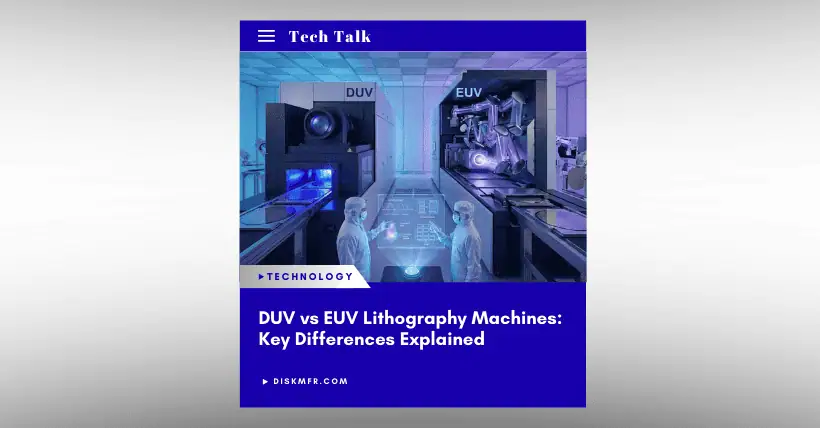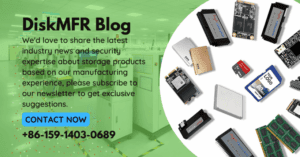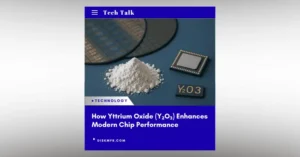Let’s first talk about DUV (Deep Ultraviolet) lithography machines. These machines use laser light sources from krypton fluoride (KrF, 248nm) or argon fluoride (ArF, 193nm), which are high in energy and short in wavelength, capable of etching lines on silicon wafers that are thousands of times thinner than a human hair. This technology operates in an environment between air and water—the light must pass through lenses, mirrors, and a layer of projection water with precisely controlled refractive index. The stability of water deposition, lens transmittance, and refractive index relies heavily on chemistry and optics. Achieving such nanometer-level precision in a complex optical path depends on decades of refinement in optical systems and production line experience.
On a DUV production line, engineers are most concerned with stability and yield. Contamination on a lens or a slight drift in light intensity can lead to CD (critical dimension) variation on the wafer. Multiply that by dozens of wafers per batch, and it could mean redoing an entire production step. The world of DUV is one of “squeezing every bit out of the visible light spectrum.”
Now, let’s look at EUV (Extreme Ultraviolet) lithography machines. With a wavelength of 13.5nm, this light is beyond what optical glass can transmit and can only be used through reflection in this extreme region. The light source comes from tin (Sn) plasma: a droplet of tin is first generated, then hit again with a laser to create a high-temperature plasma that emits EUV light. This beam must travel in a vacuum, as air is opaque to it—like a wall. Instead of transparent lenses, EUV uses multilayer-coated mirrors (each with dozens of alternating layers of molybdenum and silicon), and each reflection loses energy, leaving less than 1% of the original light intensity to reach the wafer.
An EUV machine is like a sealed universe: vacuum systems, light sources, mirrors, mask stages, and wafer stages are all engaged in a delicate balance between nanometers and microscopic particles. Even a single particle landing on the mask can result in defects that replicate across subsequent wafers. Keeping this vacuum world clean and stable depends not only on clean rooms but on the physical barriers of the machine—airlocks, vacuum chambers, mirror temperature control—each representing a bottleneck.
The key difference: it’s not just “more expensive,” it’s “much harder to keep running stably.”
Many people think EUV is simply an “upgrade” of DUV, like using a brighter light. But the real difference lies in the physical paradigm.
Different light sources: DUV uses lasers, EUV uses plasma; one is electric-to-light conversion, the other is an energy explosion.
Different optical paths: DUV uses lenses and liquid; EUV uses total reflection and vacuum.
Different masks: DUV masks are transmissive glass plates; EUV masks are multilayer mirrors—any contamination is catastrophic.
Different process integration: DUV resists can directly contact air; EUV resists must prevent vacuum evaporation, inhibit photo-induced carbon buildup, and still balance resolution with anti-reflection layers.
Complexity of equipment: An EUV machine contains over 200,000 parts and thousands of control lines, requiring nanometer-level control over temperature, vibration, and pressure.
The practical gap, from an engineer’s perspective
DUV machines are maintained based on optical contamination and the water system; EUV maintenance focuses on light source power, mirror reflectivity degradation, and mask defect evolution. DUV performance can often be restored through cleaning and filter changes; EUV requires downtime to replace mirrors, change light sources, and recalibrate systems. Preventive maintenance (PM) in DUV is about mechanical timing; in EUV, it’s about pushing physical limits.
In many factories, the first year of running EUV brings no “magic”—only downtime logs and particle trend charts. It’s only when the system can stably produce wafers, overlay performance converges, and mask defect rates are controlled that the engineering team dares to say it’s “entered production.”
To use an analogy: DUV is like a precision optical microscope—advancing limits through light tuning, focus, and cleanliness. EUV is more like a “flash camera in a vacuum”—it must ignite, aim, and imprint in an instant, then manage the aftermath of an energy storm.
Both aim to etch smaller lines on silicon. But DUV approaches the limit through skill; EUV opens a new path by crossing physical boundaries.
In the DUV era, competition is about process-equipment synergy; in the EUV era, it’s about full-system resonance: light source, mask, resist, vacuum chamber, cleaning, temperature control, algorithms—every element must work in harmony.
For the production line, DUV is still about “yield curves”; EUV is already about “machine uptime.”
The challenge of DUV is “can it go finer”; the challenge of EUV is “can it run stably for longer.”
The former relies on accumulation; the latter depends on systems.

Disclaimer:
- This channel does not make any representations or warranties regarding the availability, accuracy, timeliness, effectiveness, or completeness of any information posted. It hereby disclaims any liability or consequences arising from the use of the information.
- This channel is non-commercial and non-profit. The re-posted content does not signify endorsement of its views or responsibility for its authenticity. It does not intend to constitute any other guidance. This channel is not liable for any inaccuracies or errors in the re-posted or published information, directly or indirectly.
- Some data, materials, text, images, etc., used in this channel are sourced from the internet, and all reposts are duly credited to their sources. If you discover any work that infringes on your intellectual property rights or personal legal interests, please contact us, and we will promptly modify or remove it.








